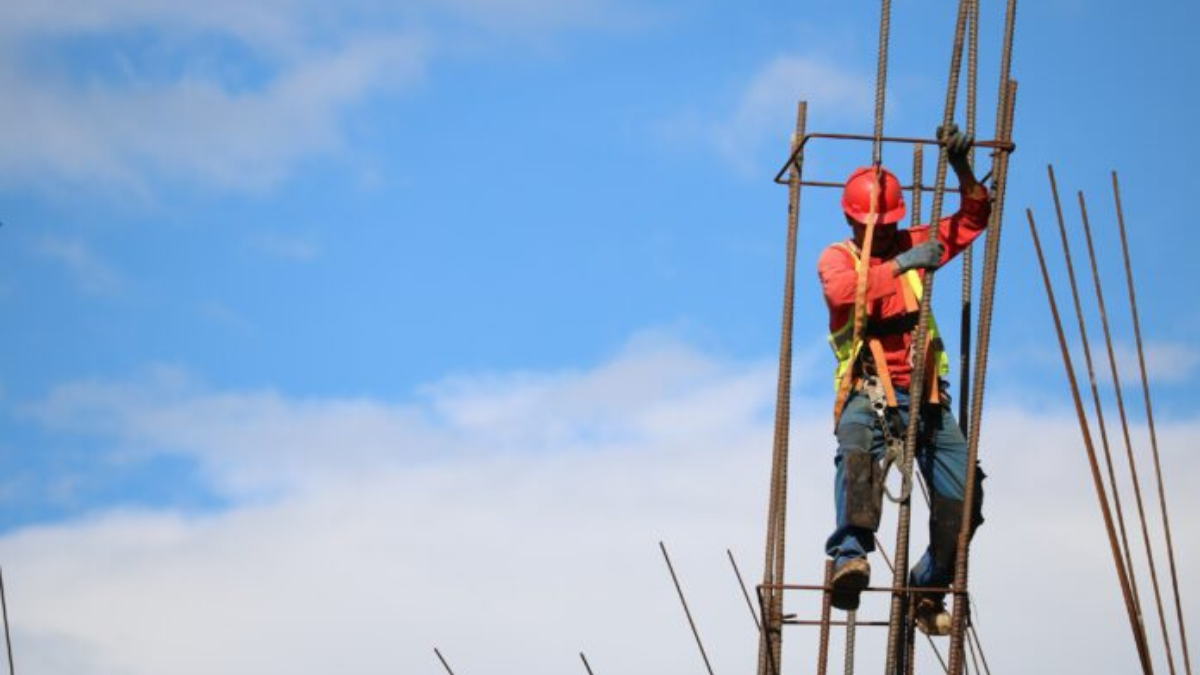Australia’s unemployment rate increased to 6.9 per cent in September, however Australians should be focusing on another more troubling labour statistic.
The latest ABS data showed that the underemployment rate also increased to 11.4 per cent in September (3 pts higher than a year ago).
“Even before the pandemic, underemployment in Australia was persistently high,” said Matt Cowgill, a Senior Associate at the Grattan Institute.
“It seems to be stubbornly high, and less affected by improvements in economic conditions.”
What is underemployment?
Underemployment is defined by the International Labour Organization as the underutilisation of the productive capacity of the employed population. This includes people who are employed but are still seeking extra hours of work.
Underemployment is driven by two factors: time-related underemployment and inadequate employment situations.
Time-related underemployment means that workers are willing and able to take on more work however do not have the opportunity to do so.
Inadequate employment refers to employees who are looking to change their work environments but are unable to do so. This may be because of a mismatch of skills and experience, inadequate income or excessive hours of work.
Time-related underemployment and inadequate employment are often referred to as visible and invisible underemployment respectively.
Why is underemployment important?
Underemployment may be a more accurate picture of Australia’s labour market as the introduction of JobKeeper and JobSeeker have distorted unemployment statistics.
ABS data still counts Australians working zero hours but receiving JobKeeper payments as employed.
For instance, although the ABS unemployment rate for August was 6.8 per cent, Roy Morgan research found that if the ABS had counted workers who were employed but “had no work, not enough work available or were stood down” then the August estimate would have increased to 9.7 per cent.
This means there is a large proportion of Australians who are not working but may still be recorded as employed in ABS data.
Roy Morgan estimates that when compared to early March, there is an additional 1 mn Australians either unemployed or underemployed.
Moreover, underemployment rates may confirm that Australians who have since found work after unemployment may be working fewer hours than before.
“It is possible that when workers move off JobSeeker and back into employment a higher proportion are working reduced hours and counted as underemployed,” said John Edwards, a Senior Fellow at the Lowy Institute.
This could also signal a trend towards replacing full time workers with part time workers.
“[Rising underemployment] may mean a number of full time jobs were replaced with part time jobs,” said Mr Edwards.
“Gig jobs may be having an influence in the share of part time jobs e.g. food delivery versus café staff employment, or an increase in Uber bookings as Covid fears lessen. But it would not be surprising anyway to see more part time work temporarily as the economy transitions back to full operation.”
What does this mean for Australia’s future labour market?
It is still unclear how these statistics will shape Australia’s economy post-COVID.
“Australia has had a problem with underemployment for quite some time. This is a problem we will need to deal with. It’s too soon to tell whether the pandemic will make this situation worse, beyond the crisis phase,” said Mr Cowgill.
Ian Neil SC, a leading barrister in employment and industrial law, argues that the conclusion of JobKeeper will have broader economic impacts beyond the labour market.
“When JobKeeper ends, two things will happen: increased unemployment and increased underemployment.
“There are currently massive structural changes to the economy, many of which are masked by JobKeeper. When JobKeeper comes to an end our economy will confront those structural changes all at once. One of those structural changes is less demand and so there just won’t be enough economic activity.”
Rising underemployment may also indicate a misallocation of skills and resources in our labour market, which could slow Australia’s future productivity.
“We’re not using our resources as effectively as we could. If we’ve got a pool of people that would like to work more but there isn’t work available for them, we’re not maximising our potential output,” said Kristina Clifton, a Senior Economist at CBA.
This will ultimately affect the livelihoods of workers, who have borne the brunt of the economic crisis.
“Living standards won’t be as high as they could be if we were able to maximise everyone’s potential,” said Ms Clifton.
Keep up to date with our stories on LinkedIn, Twitter, Facebook and Instagram.

